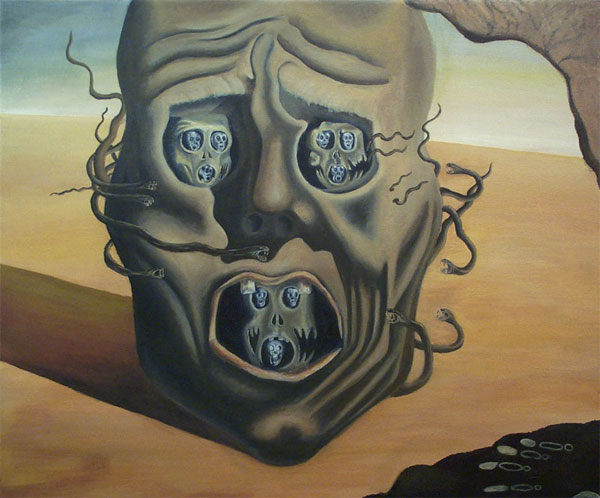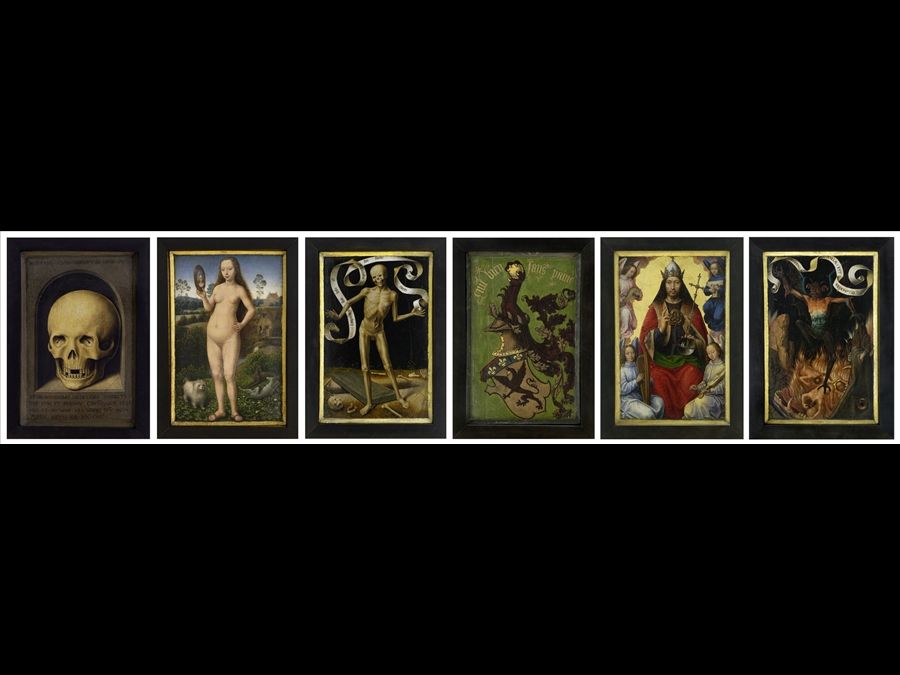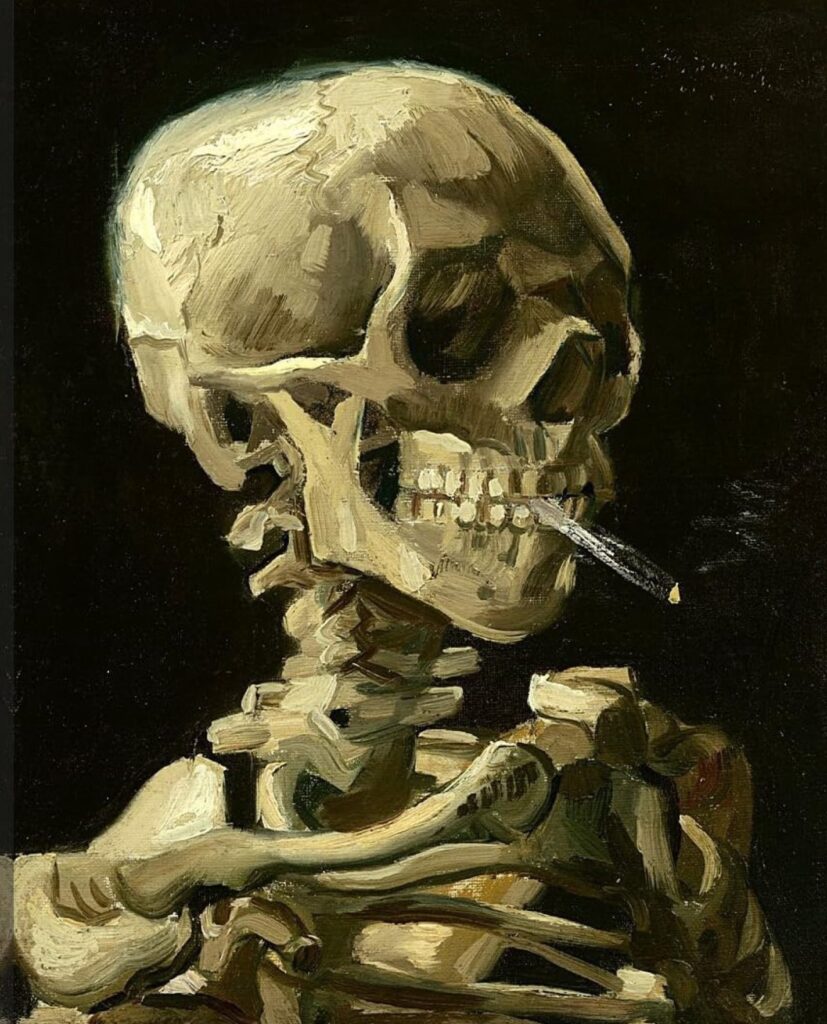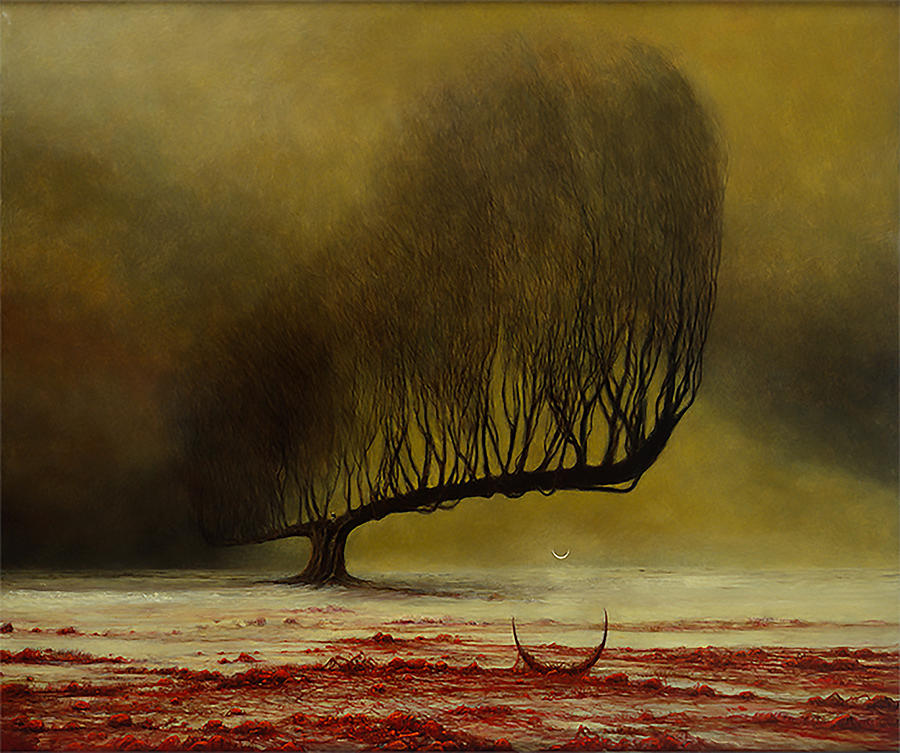October 28, 2024 by Sarah Pipino (‘26)
Do you love art and horror movies? Are you excited for the scary decorations that will be put up at every house? Do you wish you’d see more spooky art pieces like the stuff you see during Halloween? Well look no further! Here are five spine-chilling pieces by famous classical artists!
(Content warning: These are not very gory paintings; however, they may still contain unnerving subject matter. Please make your best judgment if you’d like to continue reading this article!)
Judith and Holofernes by Francisco Goya
A part of late 1700’s Spanish romantic painter Francisco Goya’s Black Paintings (Pinturas Negras) series, this painting illustrates the biblical event of the execution of Holofernes. A widow named Judith disguises herself as someone who wants to help the Assyrian army defeat the Israelites to enter the Assyrian camp and beheads Holofernes, the Assyrian general, while he slept, thus saving the Israelites. (To see another famous, slightly more gory interpretation of this story, look at Caravaggio’s Judith Beheading Holofernes.)

The Face of War by Salvador Dalí
Salvador Dalí, born in 1904, was a surrealist painter from Figueres, Spain, created this painting (La Cara de La Guerra in Spanish) when he lived in California for a short period of time between the Spanish Civil War and the Second World War. Dalí’s works commonly reflected the trauma caused by war, and in this painting each hole in the face just reveals the same face again, showing a very horror-esque portrayal of the effects of conflict.

Triptych of Earthly Vanity and Divine Salvation by Hans Memling
This piece is a collection of six individually painted panels that showcase the stages of people who commit the sin of vanity, their journey through hell, and their eventual salvation from Jesus Christ. Hans Memling painted this in Germany circa 1485, hence the heavy Christian themes, but the dark and gloomy style as well as the depiction of hell still makes this painting a very unsettling work.

Skull of a Skeleton with Burning Cigarette by Vincent Van Gogh
Van Gogh, a 19th century painter from the Netherlands most known for his works featuring sunflowers and bright colors, took a completely different turn in painting this dark piece. It depicts the principle of memento mori, the idea that every life will come to its end, which (despite the depressing nature of the words) was meant to encourage gratitude and purpose. The idea is quite opposite from that of the Mexican holiday Día de los Muertos, with a purpose to celebrate the life after death of those you love. I think that memento mori is especially prevalent during Halloween– after all, skeleton decorations are everywhere, and every kid is grateful for their bag of candy!

The Nightmare Tree by Zdzisław Beksiński
Contemporary Polish artist Zdzisław Beksiński focused his works on dystopian, and fairly terrifying subject matter. He aimed to capture the surrealistic feeling of nightmares, even once saying, “I wish to paint in such a manner as if I were photographing dreams.” This creepy yet enthralling painting perfectly captures the eerie feeling he was aiming for by having details like a fallen moon and the tree turning into a cloud of what seems to be smoke. Overall, he really captures the spirit of spookiness associated with All Hallows’ Eve!

